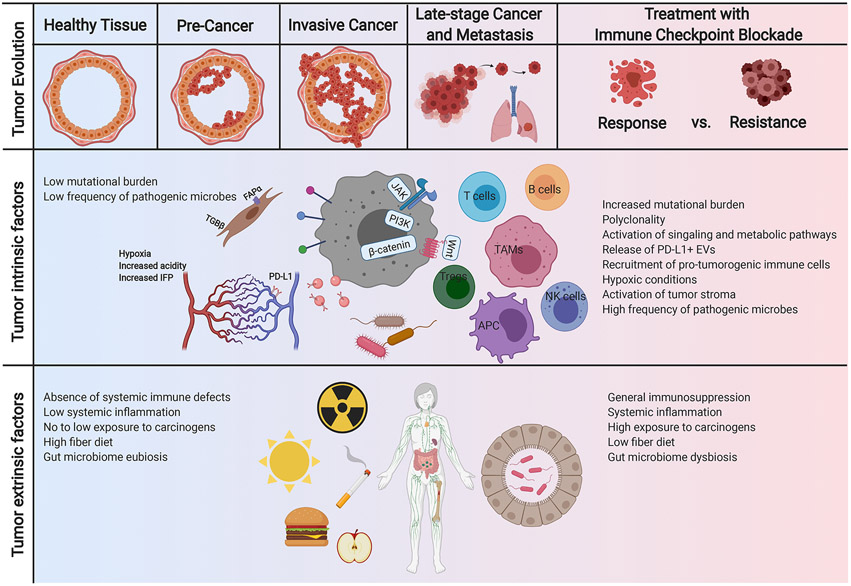Figure 3. Coevolution of cancer and anti-tumor immunity.
This reciprocal evolution of tumor and the immune microenvironment has important clinical implications within the context of immunotherapy. As the tumor evolves, mechanisms of immune evasion can positively select the tumor subclones with low immunogenicity and disruption in antigen presentation. Furthermore, treatment with immune checkpoint blockade can also change the evolutionary landscape of the tumor, characterized by several factors such as reduction in mutational load in responders and can determine the mechanisms of resistance. TAM, tissue associated macrophages; NK cells, natural killer cells; APC, antigen presenting cells; Tregs, regulatory T cells; PD-L1, programmed death-ligand 1; TGF, tissue growth factor; FAP, fibroblast activation protein; IFP, interstitial fluid pressure; JAK, Janus kinase; PI3K, phosphatidylinositol-3-kinase; EVs, extracellular vesicles.

